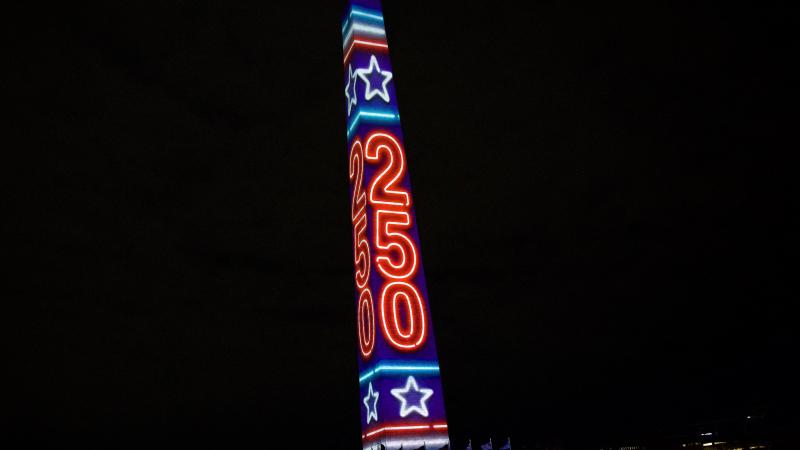Electrifying Washington’s ferry fleet could cost $4.4 billion or more
Yet, the $230 million is a pebble in the bucket compared to the $5.5 billion in estimated long-term unfunded needs that WSF says it is facing in the years beyond the upcoming biennium.
Like with the Washington state highway system, Washington State Ferries also faces what it describes as “long-term unfunded needs,” the vast majority related to state efforts to electrify the ferry system that could cost taxpayers $4.4 billion or more in the years to come.
For the upcoming 2025-2027 biennium, WSF is requesting $751 million for its operating budget and $1.1 billion for its capital budget. However, those requests combined are $230 million below what the state agency says it needs to maintain and operate the largest ferry system in the country.
WSF Senior Director Finance Todd Lamphere told the Senate Transportation Committee at its Friday meeting that “we operate a key service for the Puget Sound area. It's a very critical service that we provide to the citizens of Washington.”
Yet, the $230 million is a pebble in the bucket compared to the $5.5 billion in estimated long-term unfunded needs that WSF says it is facing in the years beyond the upcoming biennium.
However, of that amount, electrification of the state ferry fleet composes $4.4 billion or 80% of WSF's long-term unfunded needs. Those unfunded costs include $1.1 billion for four new ferries with 124 vehicle capacities at the cost of roughly $253 million apiece; WSF estimates it will cost another $2.8 billion for seven new electric ferries capable of carrying 144 vehicles, an estimated price tag of $400 million per vessel.
According to a presentation by WSF to the committee, they will need to add a new electric vessel every year in order to maintain and increase the existing fleet size as older ferries are retired.
WSF will also need more than $352 million to electrify 11 of its terminals, though “this amount for Terminal Electrification is an estimate and is expected to increase as the predesign studies are completed,” according to the presentation.
Outside of electrifying the ferry fleet, the other major unfunded need for the state agency is an estimated $889 million in preservation, which includes $504 million to preserve five new vessels.
Lamphere told the committee “while we are building and converting vessels, it's not until they actually have the terminal electrification that they can actually realize the benefits that we want to see for that.”
Much of the funding for electrification of the public transportation sector comes from revenue generated by the Climate Commitment Act. For the 2023-25 biennium, the state Legislature appropriated $3.2 billion in Climate Commitment Act revenue that included the following spending:
$64 million for converting three of the state’s Jumbo Mark II ferries to hybrid-electric$24 million for new electric ferry for the Anacortes-Guemes Island route$4 million to help pay for the infrastructure design plans of the Kitsap Fast Ferries service
In an update on CCA appropriations, Gov. Jay Inslee said state would invest $563 million of that revenue on electrifying the state’s ferry fleet.















